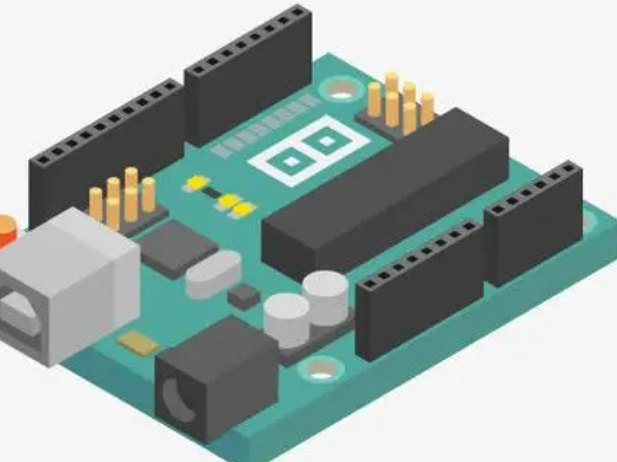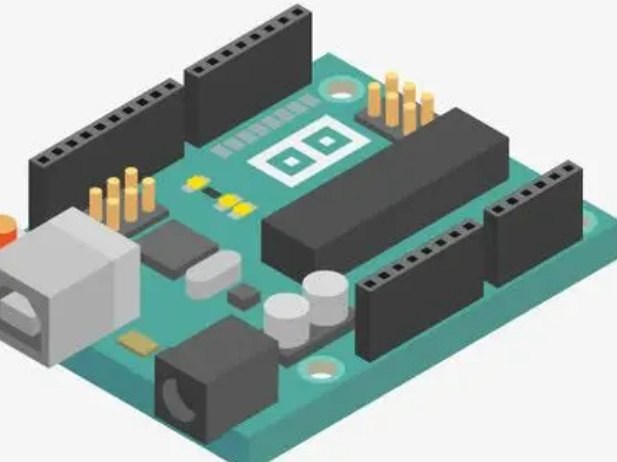
In the process of PCB design and PCB mass production, PCB assembling board is also a very important thing, which not only involves the quality standard of PCB board, but also affects the cost of PCB production. How to ensure the quality of PCB circuit boards, reasonable and effective board, so as to save raw materials, production companies pay great attention to solve a problem.
There are two ways to link PCB, one is V-cut (as shown in Figure 1-1), the other is stamp hole link (as shown in Figure 1-2). Figure 1-1PCB V-cut design Figure 1-2PCB stamp hole design V-cut is generally suitable for rectangular PCB with neat edges and low processing cost, as shown in Figure 1-3. Figure 1-3V-cut stamp holes are generally applicable to irregular plate plates.
For example, the "L" frame structure of MID is often made by linking stamp holes, as shown in Figure 1-4. 2. Number of plates: The size of the entire plate must be calculated according to the size of a single PCB board. The size of the entire plate should not exceed the maximum size range of PCB (the length of PCB plate should not be greater than 250mm), and excessive number of plates will affect the accuracy of the plate position and the accuracy of the patch.
Generally, the motherboard of MID class is 2 pieces, and the sub-board of keyboard and LCD board is not more than 6 pieces, and the sub-board of special area depends on the specific situation. 3, stamp hole link bar requirements In a PCB plate, the number of link bars should be appropriate, generally 2-3 link bars, so that the strength of PCB meet the requirements of the production process, do not break easily. As shown in Figure 1-5, the length of the link bar should be 4-5mm. The size of the non-metallic holes is 0.3mm-0.5mm, and the spacing between the holes is 0.8-1.2mm. 4. Process edge When the board is densely packed with devices and the board edge space is limited, it is necessary to add process edge for PCB board transfer edge during SMT, generally 3-5mm. Generally, a positioning hole is added to each of the four corners of the process edge, and optical positioning points are added to the three corners to strengthen the positioning of the machine.
Nine points for attention when PCB copper coating inventory
Circuit board design and production have a certain process and precautions, circuit board copper coating is a crucial step in PCB design, has a certain technical content, then how to do this part of the design work, a senior engineer summed up several experiences:
At high frequency, the distributed capacitance of the wiring on the printed circuit board comes into play. When the length is greater than 1/20 of the wavelength corresponding to the noise frequency, an antenna effect will occur and the noise will be emitted outward through the wiring. If there is a poorly grounded copper coating in the PCB, the copper coating becomes a tool for transmitting noise. The ground ground to a certain place, this is the "ground wire", must be less than λ/20 spacing, in the wiring through the hole, and the ground plane of the multilayer "good grounding". If the copper coating is properly treated, the copper coating not only increases the current, but also plays the dual role of shielding interference.
With the rapid development of electronic technology and the wide application of wireless communication technology in various fields, high frequency, high speed and high density have gradually become one of the significant development trends of modern electronic products. The high frequency and high speed digitalization of signal transmission force PCB to move towards micro hole and buried/blind hole, wire fine, medium layer uniform thin shape. The design technology of high frequency, high speed and high density multi-layer PCB has become an important research field. This paper first makes a brief introduction to the high frequency circuit board, then expounds the PCB design of high frequency circuit board wiring skills, and finally introduces the PCB design of high frequency circuit board wiring precautions, specific follow Xiaobian together to understand.

A parasitic component produced by circuit board design
In PCB design, it is easy to form two basic parasitic components that can cause problems: parasitic capacitance and parasitic inductance.
When a circuit board is designed, placing two wires close to each other creates parasitic capacitance. To do this, place one line on top of the other line on two different levels. Or place one line next to another line on the same level! In both configurations, a change in voltage over time (dV/dt) in one route may produce a current in the other route. If the other line is high impedance, the current generated by the electric field will be converted to voltage. Fast voltage transients occur most often on the digital side of analog signal designs. If fast voltage transients occur near high impedance analog wiring, this error will seriously affect the accuracy of the analog circuit. In this environment, analog circuits have two disadvantages: their noise tolerance is much lower than that of digital circuits; High impedance routing is common.
This can be reduced by using one of two techniques. The most common technique is to vary the dimensions between the lines according to the equation of the capacitance. The most effective size to change is the distance between the two lines. It should be noted that the variable d is in the denominator of the capacitance equation, and as d increases, the reactance decreases. Another variable that can be changed is the length of the two lines. In this case, if the length L decreases, the reactance between the two lines will also decrease.
Another technique is to lay a ground wire between the two lines. The ground wire is low impedance, and adding such another wire will weaken the electric field that causes the interference! The principle of the formation of parasitic inductance in the circuit board is similar to that of the formation of parasitic capacitance. Also cloth two lines, in different two layers, will be placed on the top of the other line;









